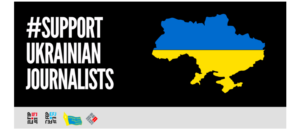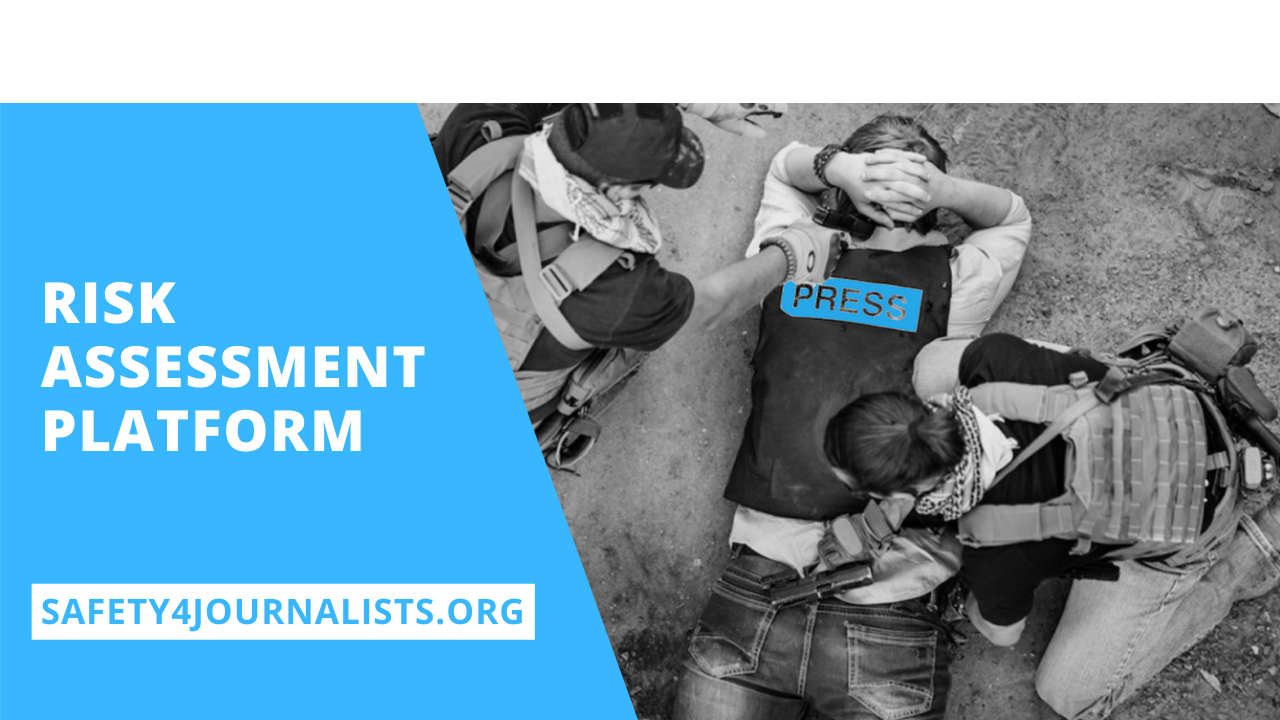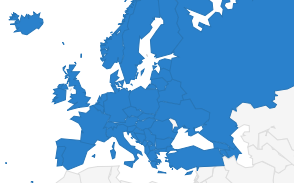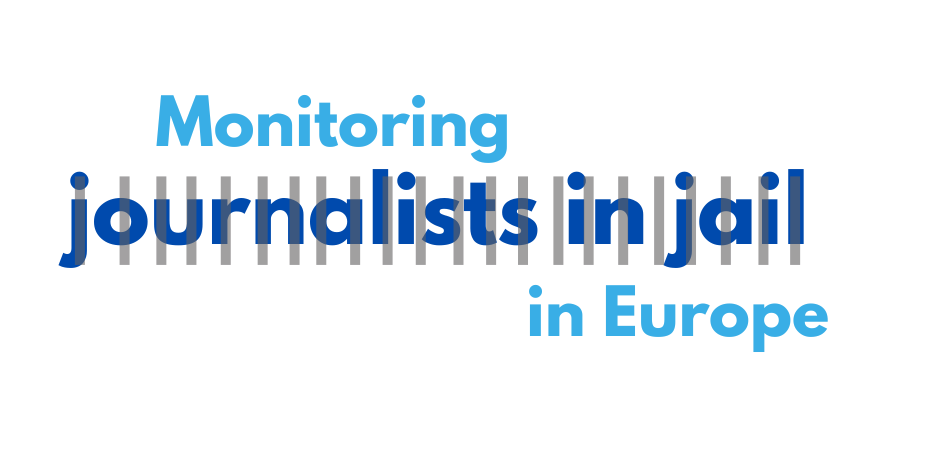EAO report: Unpacking the EMFA
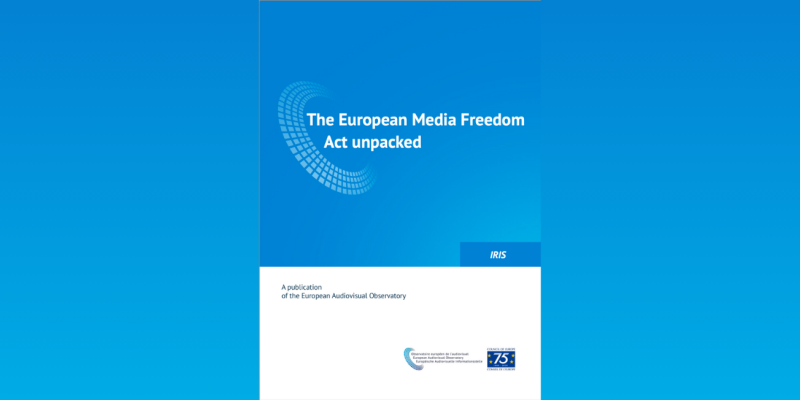
The Council of Europe’s European Audiovisual Observatory (EAO) published a report analysing the European Media Freedom Act (EMFA) ahead of the entry into force of several articles in February 2025. The report highlights both the weaknesses and the strengths of the EMFA, whose application could vary depending on the will of national governments. Although the EMFA has many loopholes, it is the first legal document capable of protecting media freedom and the work of journalists in general.In this article, we have summarised the main points raised by this report.
The institutional framework
Chapter IV of the EMFA introduces the institutional framework of the Act. The EMFA must be implemented by EU member states by 8 August 2025. Afterwards, the regulation will be taken over mainly by national regulation authorities (NRAs). The NRAs are charged with the application of the rules at the national level and can collaborate with press councils and other press organisations with similar authority to cover issues related to the printed and web press.
The Board is responsible for the assistance of the Commission in publishing guidelines, providing opinions (for instance on situations such as mergers or on a disagreement between online platforms and media service providers), and the promotion of the application of Chapter III EMFA and the AVMSD. It was also thought of as a cooperation forum where the different European NRAs could discuss their interpretation of the Act. It will be formed of one representative from each NRAs, who will be allowed to debate and vote on opinions, and one representative from the Commission, who will be able to only debate with the others, but without a voting right.
The Commission is in charge of the publication of guidelines and opinions in association with the Board. It will also have to report, evaluate and monitor the progression of the member states in terms of the implementation.
What rights does the EMFA guarantee? Is it strong enough?
In the first chapter, the EMFA defines its important elements and states the different rights and obligations it entails.
Rights of access to information
The first right covered by the EMFA is the right of individuals to access qualitative information. The text mentions the right to access “a variety of editorially independent media content.” What the authors of the report highlight is that these rights are stated but no concrete explanation is given on how it should be enforced. It can however be linked to article 10 ECtHR, which guarantees freedom of expression and information.
“The way the provision is formulated, non compliance with the provision would have to be seen as a possible violation of the Treaty obligations by member states rather than the dimension of fundamental rights.” (p. 15-16)
Rights of journalists
The report dedicates a subsection to the protection of journalistic sources, which is covered by Article 4(3)-(8), on the protection of journalistic sources. The main criticism addressed to the EMFA by the authors is that there is no protection for journalists who are not employed.
“Only such journalists are protected who are staff members of or have at least a ‘regular or professional relationship’ with a media service provider.” (p. 22-23)
Rights of media service providers
Regarding “the notion of media service providers”, the first thing pointed out by the authors is their definition being broader than in other legislations.
‘media service provider’ means a natural or legal person whose professional activity is to provide a media service and who has editorial responsibility for the choice of the content of the media service and determines the manner in which it is organised,’ EMFA Article 2(2)
Not only does this new definition raise interrogations about the status of influencers (how do we understand “professional activity”?), but it is also questionable in that it limits the rights of independent journalists and non-profit/non-governmental organisations.
The main rights guaranteed to media service providers are the free exercise of their activity (Art 4(1)) and editorial independence. In Art 4(2), this editorial independence is what the EAO experts call “external” independence, meaning that the member states must respect and guarantee this right for media service providers. Editorial independence is also mentioned in Art 6(2) to oblige publishers to respect the freedom of expression of their journalists.
“The obligation thus has to balance the freedom of the press of the provider, who is ultimately responsible for what is published and may also be liable for the published content, with that of the internal editors.” (p.21)
This principle must be guaranteed by self-regulation, as no enforcement mechanism is provided for in the text. The only indication given to service providers on the matter is in the Recommendation (EU) 2022/1634. As for external editorial independence, it can only be enforced by national courts, as “the EMFA does not provide for any means of enforcing this right at the EU level.”
Transparency is the other important obligation of providers, who are required to provide easily accessible information about their ownership to anyone wondering about it. This obligation is a continuation of what the Article 5(1) AVMSD states. The report criticises its limited scope, as it does not extend to foreign providers.
How will it affect the economic situation of European media?
The 5th section of the act regulates the media market. Article 3 makes the protection of media pluralism an obligation for states, while Articles 22 and 23 deal with market concentration with the aim of harmonising the diverse rules in force in the member states.
Regulating the digital space
US Big Tech keeps condemning the EU for its “over-regulation”, mainly in regards to the DSA, but the EMFA also requires Very Large Online Platforms (VLOPs) to put in place mechanisms to guarantee press freedom and media pluralism.
According to Article 20, “Users shall have a right to easily change the configuration, including default settings, of any device or user interface controlling or managing access to and the use of media services providing programmes in order to customise the media offering in accordance with their interests or preferences in compliance with Union law” (EMFA Art 20).
The VLOPs are obliged to provide preferential treatment to media outlets. They must allow them to register themselves as media outlets, which would then mean that when a platform “intends to restrict (e.g. block or delete)” their content, it has to give the outlet a 24-hour notice, the motive for the restriction and allow them to defend their publication. The intention is very noble, but the platform, i.e. a private party, remains the decision-taker here:
“These platforms are at the same time competitors for the media to a certain extent. This could lead not only to a limitation of media freedom but also of users’ access to quality journalism.” (p.30)
This media privilege has other weaknesses: the authors point out the difficulty to choose the criteria upon which a media outlet is defined as such, and the potential for misuse of this privilege by fraudulent actors. The fact that this privilege does not apply in case of breach of DSA rules that oblige VLOPs to restrict all content that affects, for instance, the protection of minors (DSA 28) as well as other EU crimes like terrorism (DSA 34 and 35). As the authors put it, “that makes the actual scope of Art. 18 potentially quite narrow and leaves room for VLOPs to not apply the mechanism in any case.” This concern is slightly alleviated by the fact that the Board can intervene in such cases.
Conclusion
To conclude, the report celebrates the exceptional characteristics of the EMFA as the first binding text that aims at protecting media freedom. It also immediately recalls the weaknesses of the act, which in some articles leaves much room for the member states and regulatory authorities to interpret the demands and limits as they wish.
“In these areas, the Recommendations, Guidelines or other guidance from the Commission and the Board will be highly relevant, as will be the development of industry standards.” (p.49)
“Instead of detailed provisions concerning the national authorities or bodies, the EMFA emphasises cooperation, monitoring, evaluation, exchange and coordination” (p.49)
The role of the Council of Europe “in the definition of standards for media regulation in the form of Recommendations” and the role of the CJEU in judging the decisions of member states in regards to EMFA implementation are put forth as well as essential elements in the application of the Act.
By 8 August 2025, the EMFA shall apply in all member states, with the exception of Article 20 on the users’ “Right to customise the media offering”, which is to be implemented from 8 May 2027.


